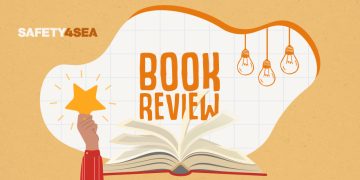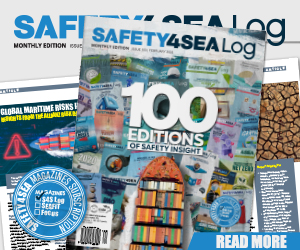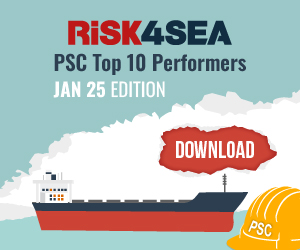The National Offshore Petroleum Safety and Environmental Management Authority of Australia, NOPSEMA, has published an environmental alert relating to aquatic animals getting tangled up in subsea equipment.
What happened?
During a subsea survey, the operator of a remotely operated vehicle (ROV) noticed a shark caught in a pre-existing rope loop attached to an electrical flying lead (EFL). Fortunately, the shark was alive when found, and the rope was able to be cut using an ROV knife, allowing the shark to swim away. No additional harm was caused while releasing the shark.
NOPSMEA notes that “it is common industry practice during installation of some subsea equipment (such as EFLs and concrete mattresses) to affix rope loops or other installation aids to equipment to enable ROVs to manoeuvre the equipment into position, minimise the risk of damage to the equipment, and/or assist with later removal”.
NOPSEMA is also aware that other adverse fauna-equipment interactions have occurred in the industry, including interactions directly with ROVs; and that these have been inconsistently reported or not reported to the regulator.
What could go wrong?
If installation aids are not removed, cut, or otherwise made safe (e.g. by design), they can present a risk of entanglement to marine fauna, including species that may be under regulatory protection in some countries. In addition to installation aids, other subsea equipment that uses lights, cables or thrusters has potential to attract attention from marine animals which may result in entanglement or other adverse interactions. While in this incident the shark was released safely, it is considered likely that a similar incident could result in serious injury (as an animal attempts to free itself) or death to the animal.
Lessons learned
Marine contractors and others involved in subsea construction should ensure that environmental impacts and risks are identified and reduced to a level that is as low as reasonably practicable (ALARP). Credible risks (such as fauna entanglement or interaction) should be evaluated when identified, and control measures should be implemented to reduce those risks to ALARP levels.
Control measures that should be considered may include:
- Implementation and verification of requirements for the removal/recovery of installation aids or debris during installation, inspection/maintenance/repair (IMR) activities
- Alternative design of installation aids, such as monkey fist knots, clamps or lifting pads, including those that can be made safe when not in use
- Design of equipment or installation of protective guards that prevent interaction with thrusters and other mechanisms of potential injury.


































































